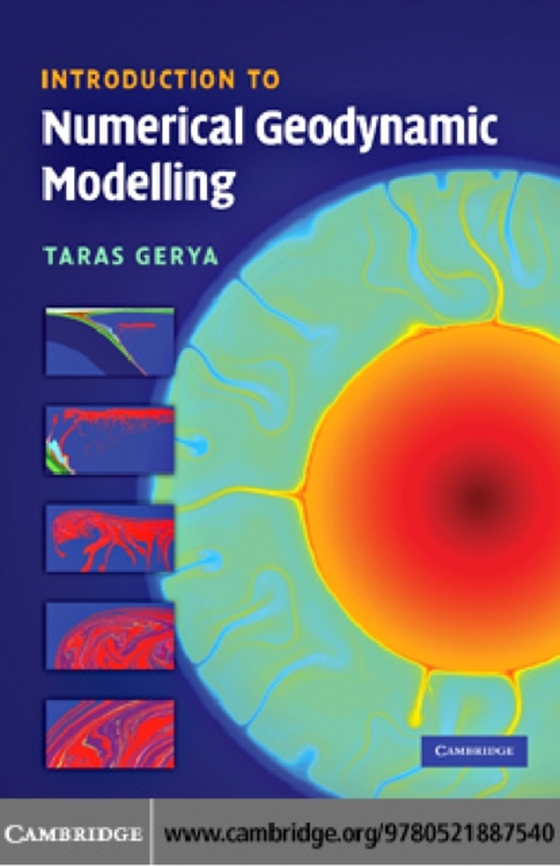
Introduction to Numerical Geodynamic Modelling e-bog
683,09 DKK
(ekskl. moms 546,47 DKK)
Numerical modelling of geodynamic processes was predominantly the domain of high-level mathematicians experienced in numerical and computational techniques. Now, for the first time, students and new researchers in the Earth Sciences can learn the basic theory and applications from a single, accessible reference text. Assuming only minimal prerequisite mathematical training (simple linear algebr...
E-bog
683,09 DKK
Forlag
Cambridge University Press
Udgivet
22 juni 2010
Genrer
PBWH
Sprog
English
Format
pdf
Beskyttelse
LCP
ISBN
9780511763984
Numerical modelling of geodynamic processes was predominantly the domain of high-level mathematicians experienced in numerical and computational techniques. Now, for the first time, students and new researchers in the Earth Sciences can learn the basic theory and applications from a single, accessible reference text. Assuming only minimal prerequisite mathematical training (simple linear algebra and derivatives) the author provides a solid grounding in basic mathematical theory and techniques, including continuum mechanics and partial differential equations, before introducing key numerical and modelling methods. 8 well-documented, state-of-the-art visco-elasto-plastic, 2-D models are then presented, which allow robust modelling of key dynamic processes such as subduction, lithospheric extension, collision, slab break-off, intrusion emplacement, mantle convection and planetary core formation. Incorporating 47 practical exercises and 67 MATLAB examples (for which codes are available online at www.cambridge.org/gerya), this textbook provides a user-friendly introduction for graduate courses or self-study, encouraging readers to experiment with geodynamic models.
 Dansk
Dansk

